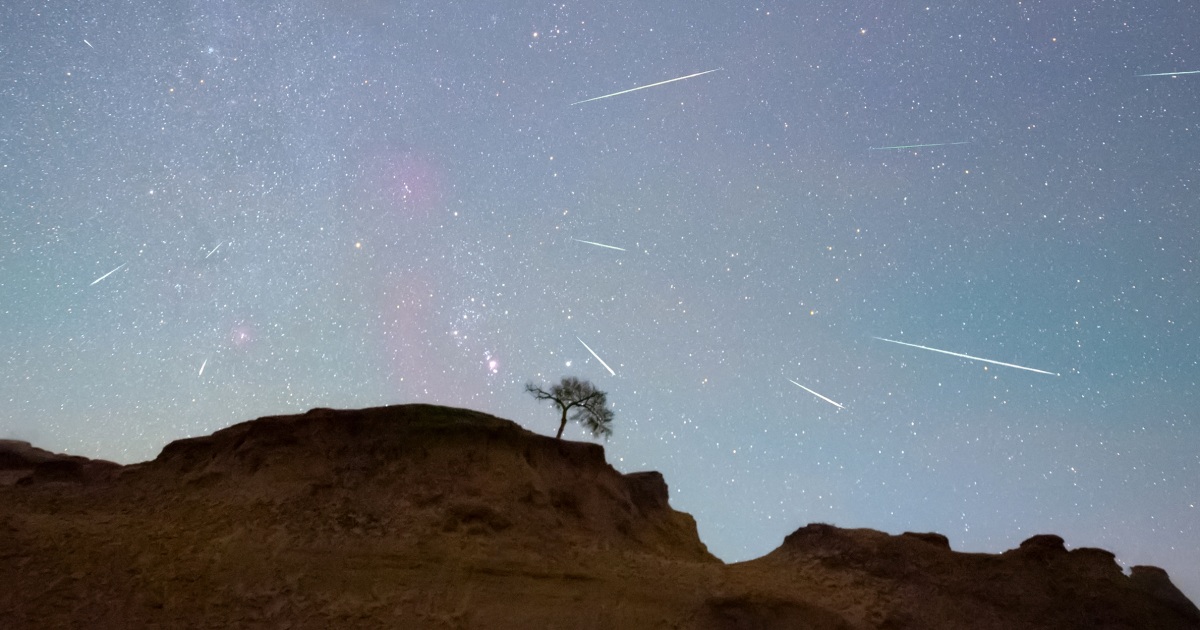
Photosphere
In space and astronautical engineering, the photosphere is the visible surface of the sun that emits light and heat. It is the layer of the sun's atmosphere that we see from Earth. The photosphere has a temperature of around 5,500 degrees Celsius and is composed of plasma, which is a gas made up of positively charged ions and negatively charged electrons. The plasma emits light in a continuous spectrum, which appears as a bright yellow-white color to the human eye. The photosphere is also the source of the solar wind, a stream of charged particles that flows out from the sun and affects the Earth's magnetic field.
Your Previous Searches
Random Picks
- Communication Devices: Communication devices refer to the equipment and tools used to transmit and receive information between spacecraft, ground stations, and other space-based assets. These devices include antennas, transmitters, receivers, modems, and other re ... Read More >>
- EMC Testing: EMC (Electromagnetic Compatibility) Testing is a process of evaluating the ability of electronic devices and systems to function properly in their intended electromagnetic environment and not to interfere with the operation of other devices ... Read More >>
- Stress Management: Stress management is the process of identifying and managing the sources of stress in order to reduce its negative impact on an individual's physical and mental health. In the context of space and astronautical engineering, stress managemen ... Read More >>
Top News

Bestselling author explains the science of happiness: "You can do the work"...
Bestselling author and Harvard professor Arthur Brooks opens up about how enjoyment, satisfaction and meaning in life can increase a person's wellbeing....
News Source: CBS News on 2024-11-18

November's full moon, known as the Beaver Moon, is the last supermoon of 2024. H...
November's full moon, known as the Beaver Moon, is the last supermoon of 2024. Here's when it peaks and why it's called the Beaver Moon....
News Source: CBS News on 2024-11-15

You can't put a price on the sense of awe particle physics inspires...
Astronomy and particle physics are no longer seen as vital by the US establishment, so funding has fallen. But our work creates a sense of wonder, and wonder matters, says Chanda Prescod-Weinstein...
News Source: New Scientist on 2024-11-13

If you want to stretch your gift game into days this holiday, check out these ad...
The advent calendar phenomenon is growing every year, with so many exciting, fun, beautiful, and delicious options available...
News Source: ABC News on 2024-11-04

November brings a bonanza of meteor showers...
November brings a skywatching bonanza, with three meteor showers — the Southern Taurids, Northern Taurids and Orionids — offering chances to see shooting stars....
News Source: NBC News on 2024-11-02